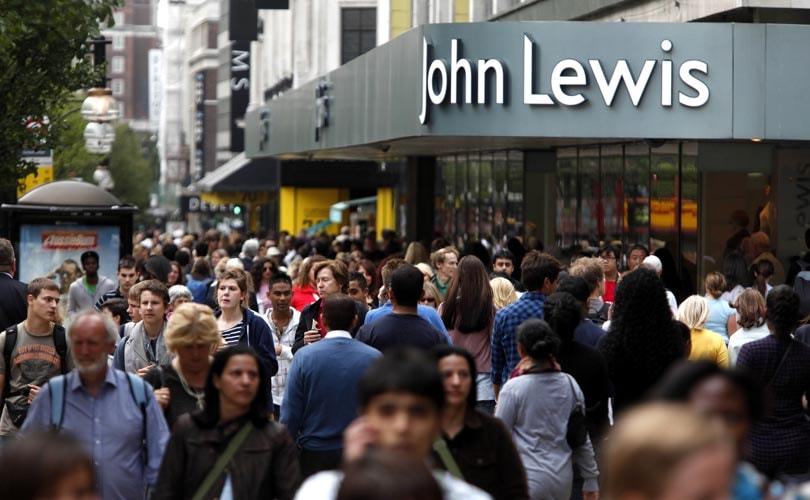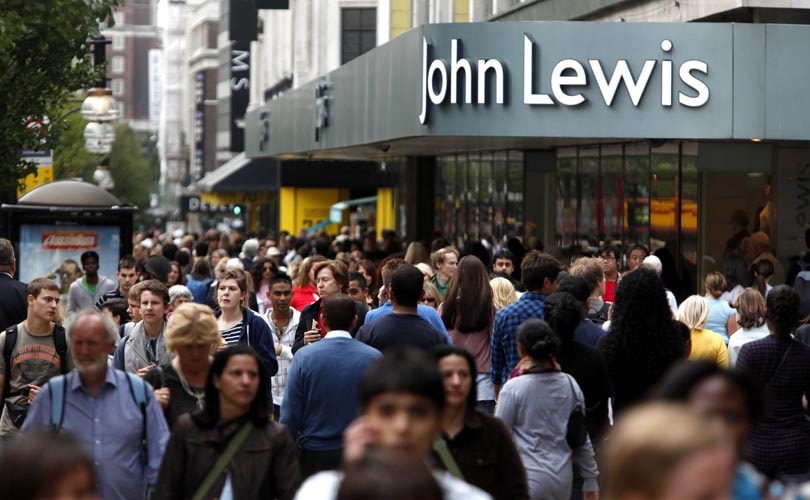
- Danielle Wightman-Stone
- |
With Black Friday and Cyber Monday done for another year, retailers and shoppers have turned their attention to the festive season, and PwC;s Christmas trading analysis has revealed that UK shoppers are preparing to spend an average of 420 pounds on Christmas presents this year.
In its annual Christmas trading predictions, PwC adds that consumers age 35-44 years old are going to spend the most this festive season at 522 pounds, while shoppers in Scotland will have the highest average spend at 454 pounds of all the UK regions.
According to respondents, one in five consumers claim to have started their Christmas shopping earlier this year with the figure rising for under 35s in particular (over 30 percent). With 20 percent of consumers adding that they did most of their Christmas shopping over the Black Friday/Cyber Monday weekend.
However, PwC reveals that the most popular time for buying Christmas presents is early-to-mid December, with 6 percent of respondents, the vast majority of whom were men, stating that they intend to shop the week before Christmas because they have no time before then.
Kien Tan, retail strategy director at PwC, explained in a statement: “With Christmas Day falling on a Tuesday this year, we believe that retailers may have a bumper shopping weekend as consumers will have a full weekend to make last minute purchases. We could even seen an increase in high street footfall that weekend, which makes a change to the last few Christmases.”
PwC research reveals that UK shoppers are preparing to spend 420 pounds on Christmas presents this year
When consumers were asked what they would be prioritising when it comes to spending money this Christmas, they said that they would be spending more on food and drink, the Christmas dinner, and children’s clothing. The main categories where shoppers are expected to spend less on presents include adult clothing and electricals and technology, which were the two most popular categories of spending in the Black Friday sales.
Lisa Hooker, consumer markets leader at PwC, said in a statement: “2018 has been full of commentary about squeezed consumer spending and its contribution to the obvious distress on the UK high street. The first half of the year in particular was very tough, with inflation rising about earnings. But, there should be some Christmas cheer for retailers as we close off 2018 – our research shows that people will be hitting the shops in earnest this Christmas time.
“Overall, spending levels will be similar to last year, but what people spend their money on may be different – it looks as though more money is being spent on the essentials – Christmas dinner, food and drink, and children’s clothing.”
Sustainability a key Christmas trend, according to analysis from PwC
One of the major consumer trends of 2018, sustainability is set to continue to play at key role this Christmas adds PwC, and it says that retailers should be prepared for this to continue into 2019.
Hooker, added: “We believe the rising importance of sustainability will affect both where consumers shop and how they buy. We have seen retailers who have been on the front foot on this see improvements in consumer awareness and favourability towards their brand.
“Secondly, there has been an increase in popularity of more sustainable buying choices, particularly amongst the young, with products from collectable toys to vegan leather and ethical beauty products that reflect the growing importance of the circular economy.”
Click and collect services to “substantial rise” this Christmas
In addition, PwC predicts that there will be a “substantial rise” in click and collect services, adding that while the bulk of shopping activity is set to take place online, consumers are taking no chances on potentially missing home deliveries and ‘click and collect’ deliveries are expected to grow at twice the rate of normal deliveries with the options available to consumers growing even faster.
It isn’t just deliveries to retailers’ own stores, but also click and collect services to secure lockers, manned collection points and even to competitor retailers.
Tan, added: “As the popularity of click and collect grows, some high street retailers are even encouraging store-based click and collect, either by offering free or cheaper in-store collection to drive add-on sales, or by hosting third party collections to drive new customer football.
“Right now, click and collect accounts for one-sixth of the overall online delivery market. But whether its increased popularity will be enough to reverse the decline in the high street footfall remains to be seen.”
PwC’s report is based on an online survey of over 2,000 adults from across the UK conducted in October 2018.
Image: courtesy of John Lewis

